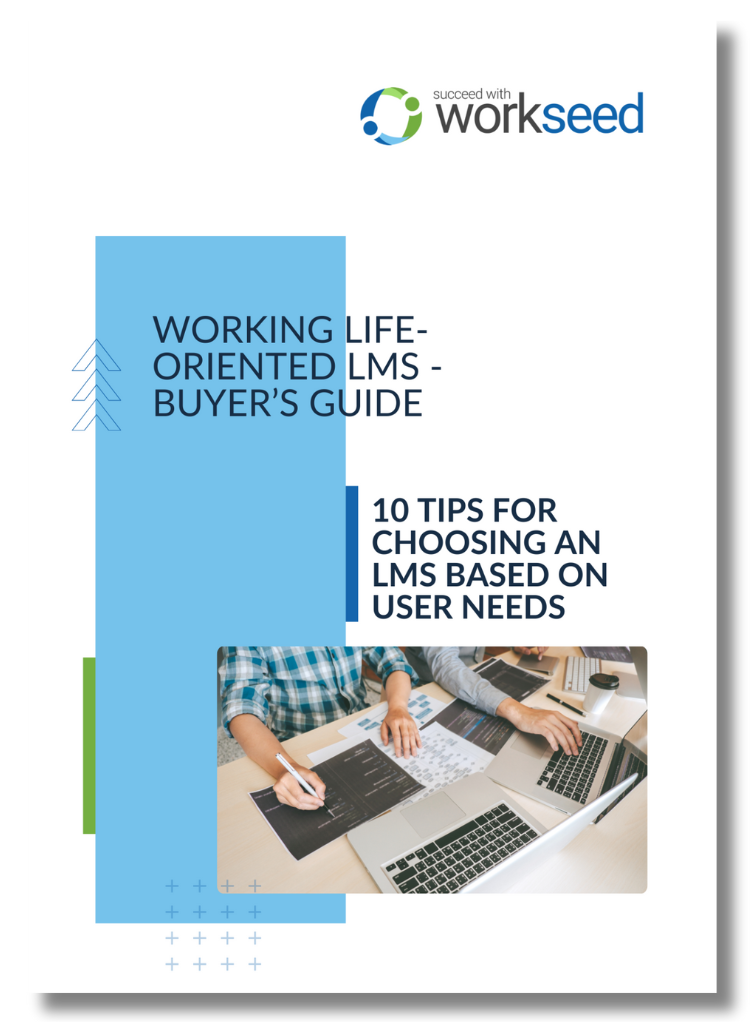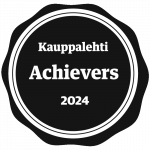Motivating and guiding students to take initiative is a challenging part of a teacher’s job. In student-centred teaching, the active role of learners and their own needs are at the centre. Active learner participation is also a proven effective pedagogical approach.
In an e-learning environment, student-centred pedagogy can provide effective means to improve learning outcomes, provided that the planning and guidance of instruction is carefully implemented.
In this article, we discuss the steps to successful student-centred e-learning.
1. Set clear objectives and structure
In student-centred teaching, the role of the teacher becomes more guiding, but the importance of planning becomes even more important. A well-structured course provides learners with a clear framework, but at the same time leaves room for their own activity.
When planning a course, it is worth starting with the following questions:
- What knowledge and skills do learners need to acquire during the course?
- How do these objectives support learners’ own needs and interests?
- What are the learners’ starting levels and how can the course content be adapted to them?
These questions will be used to build the course objectives, content and structure. The course should be divided into clear thematic modules, which are timetabled evenly to manage the workload. This allows learners to focus on one area at a time.
When designing the structure, it is important to take into account the different ways of working and learning styles of learners. Provide learners with alternative approaches to completing tasks, allow for group work, and allow for different ways to report on the completed project, such as a written report, video, or presentation.
A clear structure and goal setting will ensure that learners have sufficient guidelines but also the freedom to direct their own learning.
2. Support learners’ activity and autonomy
At the heart of learner-centred pedagogy is the active participation of learners and taking responsibility for their own learning process. In e-learning, this is even more important as learning often takes place in a distributed environment where learners have to make autonomous decisions.
In supporting learner autonomy, it is worth paying attention to the following issues:
Freedom of choice: give learners the opportunity to influence tasks and working methods. For example, they can choose their own topic or approach to the task.
Roles and responsibilities: encourage learners to take an active role in acquiring and processing information. The teacher’s role is to provide guidance and support, but the learning should be in the hands of the learners.
Active learning methods: This may involve discussions, collaborative knowledge building or designing and implementing their own projects.
To support active participation, it is important that learners have a clear understanding of what is expected of them. Course objectives, assignments and assessment criteria should be communicated unambiguously so that learners can focus on the content without uncertainty.

3. Make the most of the digital environment
E-learning offers excellent opportunities for student-centred learning, as long as the tools used are chosen and deployed appropriately. Digital tools can support learners’ creativity, collaboration and knowledge sharing in a variety of ways.
Learning in the online environment is largely based on communication and interaction. Communication between teacher and learners is central to the success of student-centred learning. Make use of forums, messaging apps, video chats, etc. as appropriate.
A variety of digital learning materials make the learning process engaging. For example, videos, interactive content tools and multimedia help learners to understand difficult concepts and engage better with tasks.
Group work is often even more effective online than in a traditional classroom. Collaborative platforms such as shared documents, visual brainstorming tools and project management software allow learners to work effectively wherever they are.
4. Provide ongoing guidance and feedback
The teacher’s role in student-centred pedagogy is primarily a guiding one. Ongoing feedback and support for learners’ work are crucial to successful e-learning.
Guidance can be provided in a number of ways:
Regular meetings. Organise online meetings where learners can discuss progress and receive feedback.
Milestones. Set smaller, clear objectives for the course, which can be monitored and evaluated during the course.
Individual feedback. Be available and give learners the opportunity to receive individual feedback. This will help them to improve their work and maintain motivation.
Feedback is not just an evaluation, but also a tool to guide the learning process. Feedback allows learners to refine and deepen their learning.
Workseed as a learning environment
Workseed is a learning environment designed for work-based learning with a heart for learning by doing. It is also an excellent platform for coordinating knowledge-based projects and monitoring learning. It is already in use in most Finnish universities of applied sciences.
If you want to learn more about the platform, you can book an appointment with one of our experts. We can help you identify how your organisation could benefit from the right learning platform. If you are already looking for a competent tool to manage your teaching, you can read our 10 tips for choosing the right platform.










